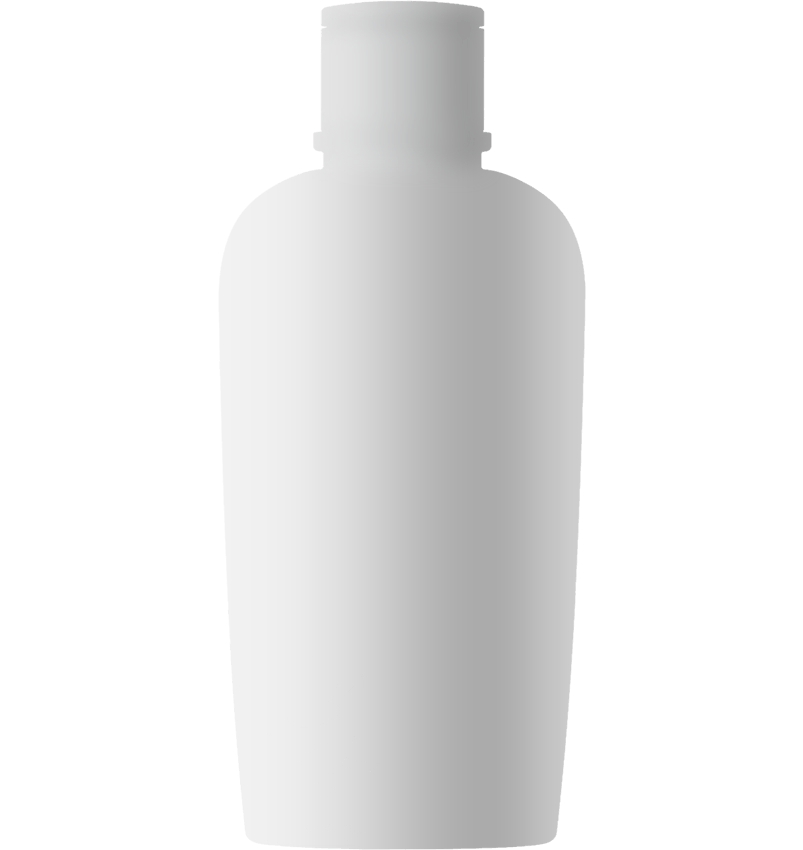Comprehensive Surgical Procedure: Septoplasty Detailed Breakdown
Surgical Methodology:
Septoplasty is typically performed under general or local anesthesia, depending on the complexity of the deviation and patient preferences. The procedure focuses on reshaping, repositioning, or removing parts of the nasal septum to ensure proper alignment and unobstructed airflow.





